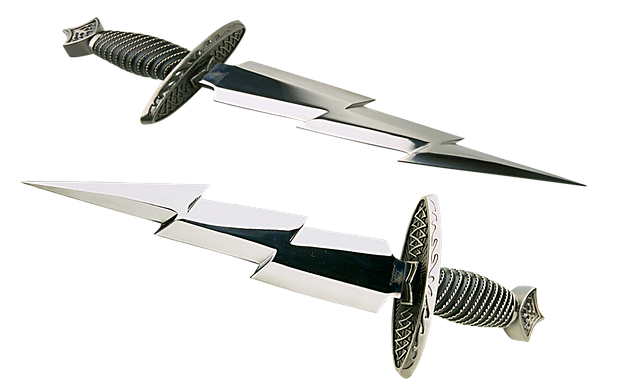BIM-integrated steel detailing merges digital representations of steel components with Building Information Models (BIM), enhancing coordination and reducing on-site changes by catching conflicts early. This process involves automated data extraction from BIM models into shop drawing software, streamlining decision-making, promoting consistency, and optimizing use of shop drawings for steel structures throughout construction. Establishing clear workflows and regular reviews are crucial for successful BIM implementation in steel detailing.
“Revolutionize construction coordination with BIM-integrated steel detailing, a game-changer in the industry. This comprehensive guide explores the seamless fusion of Building Information Modeling (BIM) and steel fabrication. We delve into the benefits of utilizing shop drawings for steel structures, offering a structured approach to streamline coordination. From understanding BIM integration to implementing best practices, this article equips professionals with strategies for efficient project management, ensuring precise and collaborative construction processes.”
Understanding BIM Integration in Steel Detailing
BIM-integrated steel detailing involves seamlessly incorporating precise digital representations of steel components and assemblies into a Building Information Model (BIM). This process goes beyond traditional 2D shop drawings for steel structures, offering a comprehensive view of the building’s entire lifecycle. By integrating BIM, engineers, fabricators, and construction teams can collaborate more effectively. They can detect potential conflicts between steel elements and other building systems early in the design phase, reducing costly on-site changes.
This integrated approach enhances coordination by providing real-time data access to all project stakeholders. This means that everyone works with the most up-to-date information, ensuring consistency across drawings, specifications, and schedules. BIM integration also facilitates better visualization of the final product, enabling informed decision-making throughout the construction process.
Benefits of Using Shop Drawings for Steel Structures
Shop drawings for steel structures play a pivotal role in enhancing coordination and precision throughout the construction process. By integrating these detailed blueprints into Building Information Modeling (BIM) systems, project teams gain a significant edge. BIM-integrated shop drawings offer a clear visual representation of the final steel assembly, enabling stakeholders to identify potential conflicts or issues early on. This proactive approach minimizes costly on-site changes and ensures that the constructed steel structure aligns perfectly with the design intent.
Moreover, these drawings facilitate efficient communication among various project disciplines. Architects, engineers, fabricators, and contractors can all refer to the shop drawings for steel structures as a unified source of information. This collaborative environment streamlines decision-making processes, promotes consistency, and enhances overall project efficiency. With BIM integration, shop drawings become a powerful tool that bridges the gap between design and fabrication, ultimately contributing to the success and seamless execution of complex construction projects.
Streamlining Coordination: A Step-by-Step Process
BIM-integrated steel detailing revolutionizes project coordination by providing a seamless workflow from design to construction. The process begins with precise modeling in BIM software, where all building components are accurately represented and interlinked. This digital model serves as a foundation for creating detailed shop drawings for steel structures.
Subsequently, specialized software bridges the gap between design and fabrication. By importing the BIM model, engineers and detailers can extract critical dimensions, material specifications, and connectivity data directly into the shop drawing software. This automated process streamlines coordination by eliminating manual data transfer, reducing errors, and ensuring that everyone involved in steel construction has access to the most current and accurate information.
Best Practices for Effective BIM Implementation
For effective BIM implementation in steel detailing, establishing clear workflows and standards is paramount. Begin by defining roles and responsibilities within your project team to ensure everyone understands their part in the process. This includes close collaboration between architects, engineers, and steel fabricators to facilitate accurate information exchange.
Regular reviews of shop drawings for steel structures are crucial. These drawings should be generated directly from the BIM model, ensuring consistency and reducing errors. By adopting this practice, you’ll achieve seamless coordination among all project stakeholders, leading to more efficient construction and minimal on-site discrepancies.
BIM-integrated steel detailing offers a revolutionary approach to construction, streamlining coordination and enhancing efficiency. By leveraging digital technologies, professionals can ensure seamless collaboration between architects, engineers, and contractors. Implementing best practices, such as utilizing shop drawings for steel structures, facilitates precise communication and error reduction. Through this process, BIM becomes more than just a tool—it transforms the industry, promoting faster project timelines, cost savings, and improved overall quality.
